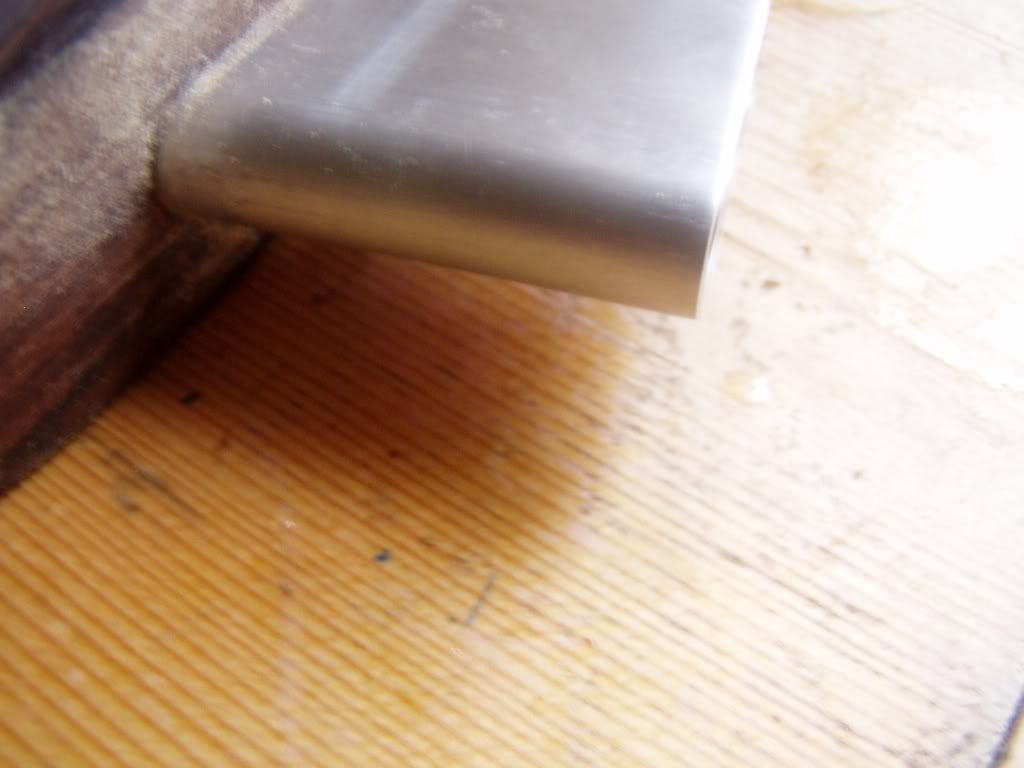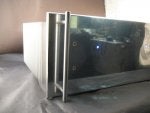hello there im after help/ideas on how i can put a 7-8mm radius on the two edges of some 15mm thick flat aluminuim bar like that in the photo.
i dont have access to cnc machines but have routers and table and wondered how you would go about it are there any router bits out there that could do the job,thanks all.
![Image]()
i dont have access to cnc machines but have routers and table and wondered how you would go about it are there any router bits out there that could do the job,thanks all.









